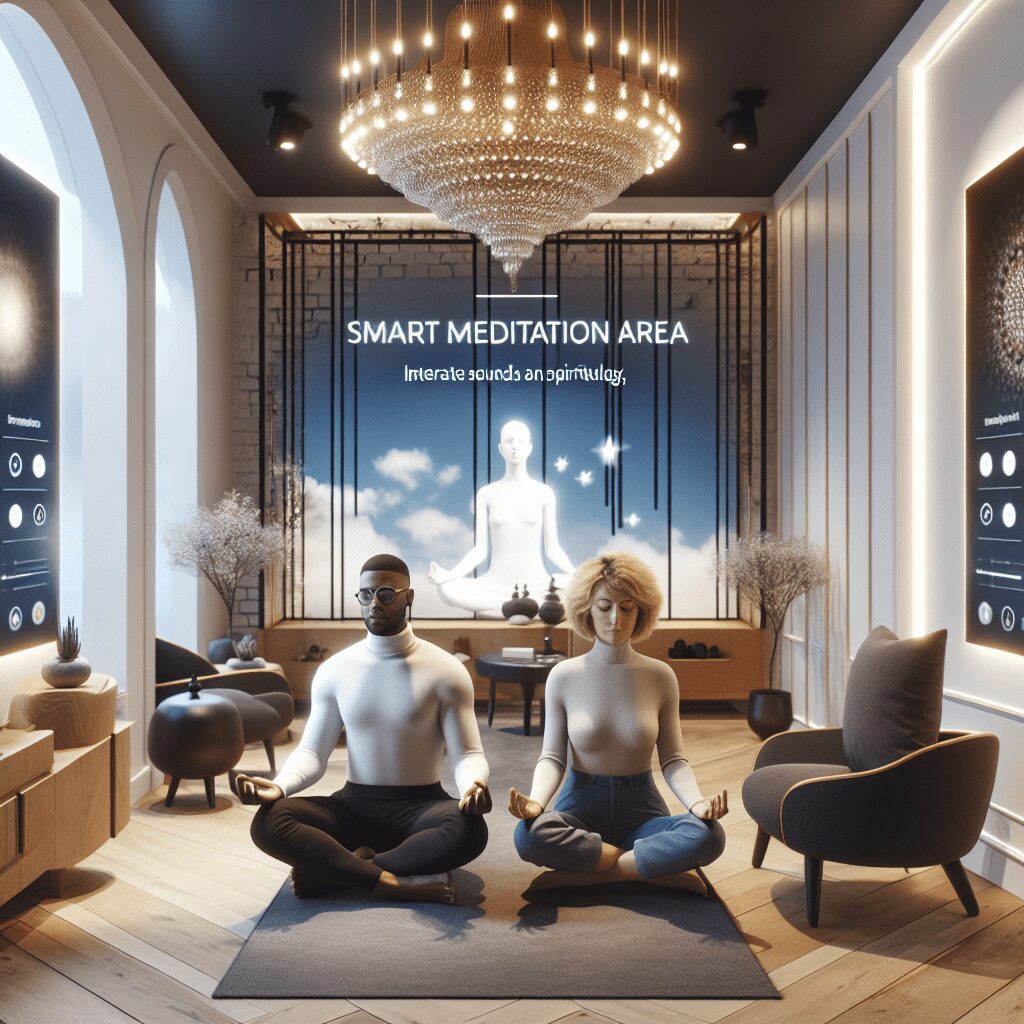
Prioritize your mental well-being daily. Enhance your life by nurturing your mental health with the Smart Meditation app. Break free from stress, alleviate anxiety, and enhance your sleep quality starting today.
How Arts Reduce Stress In Schools?
The Power of Arts in Easing Academic Pressure
In the high-speed freeway that is today’s educational system, students often find themselves overburdened with textbooks, assignments, and the relentless pursuit of academic excellence. Amid this whirlwind of scholarly activities, arts emerge as a much-needed breath of fresh air, offering a tranquil oasis in the desert of academic stressors. But what exactly is it about the arts that has the power to counteract stress in schools? Let’s dive into the heart of this question, shedding light on how integrating arts into the educational framework can be a game-changer for students’ mental well-being.
A Symphony of Benefits: How Arts Quell the Storm of Stress
1. The Palette of Emotional Expression
At its core, the arts provide a unique platform for emotional expression. Whether it’s the stroke of a brush, the gentle molding of clay, or the harmonious blend of musical notes, arts allow students to pour out their feelings in a tangible form. In doing so, they embark on a cathartic journey, which—believe it or not—acts as a natural stress buster. By converting bottled-up emotions into a masterpiece, students experience a sense of relief and clarity.
2. A Quick Jaunt into Creativity’s Realm
Let’s face it; the standard academic curriculum can sometimes be a bit of a snooze-fest. The arts, with their vibrant colors and dynamic mediums, offer a welcome break from the monotony. They whisk students away on a magical carpet ride to the land of imagination, where there are no right or wrong answers. This creative liberation not only boosts cognitive flexibility but also encourages innovative thinking, making the academic load seem less daunting.
3. The Social Tapestry
Collaborative art projects are akin to weaving a social tapestry, where threads of individuality interlace with mutual respect and understanding. By working together on art assignments, students develop a sense of community and support that can act as a buffer against stress. The knowledge that one is not alone in the academic journey is comforting and can reduce feelings of isolation and pressure.
4. The Mindfulness Maestro
Engaging in arts can be incredibly meditative; the focus required to craft a piece of artwork anchors the mind in the present moment, pushing worries about grades or future exams to the back burner. This practice of mindfulness, cultivated through the arts, is a potent antidote to stress, promoting mental tranquility and improving students’ overall emotional resilience.
5. Confidence Through Creation
Lastly, there’s something inherently empowering about bringing a vision to life. Each artistic endeavor, regardless of its outcome, boosts self-esteem and fosters a growth mindset. The realization that one can create beauty from blank canvases or silence instills a sense of confidence that transcends the art room, providing students with the courage to face academic challenges head-on.
Striking the Right Note
Incorporating arts into the curriculum isn’t merely about nurturing the next Picasso or Beethoven. It’s about recognizing the multifaceted role of arts in mental well-being and leveraging it to create a more supportive and less stressful educational environment. Schools that harmonize the rigor of academics with the soothing rhythm of the arts not only nurture well-rounded individuals but also pave the way for a more resilient generation. So, here’s to hoping that more institutions will turn the spotlight on arts, acknowledging their unbridled potential to vanquish the specter of stress that looms over the school corridors. In doing so, we might just find the silver bullet to the age-old problem of school-related stress, making the journey of education a more joyful and less jittery ride for our students.





